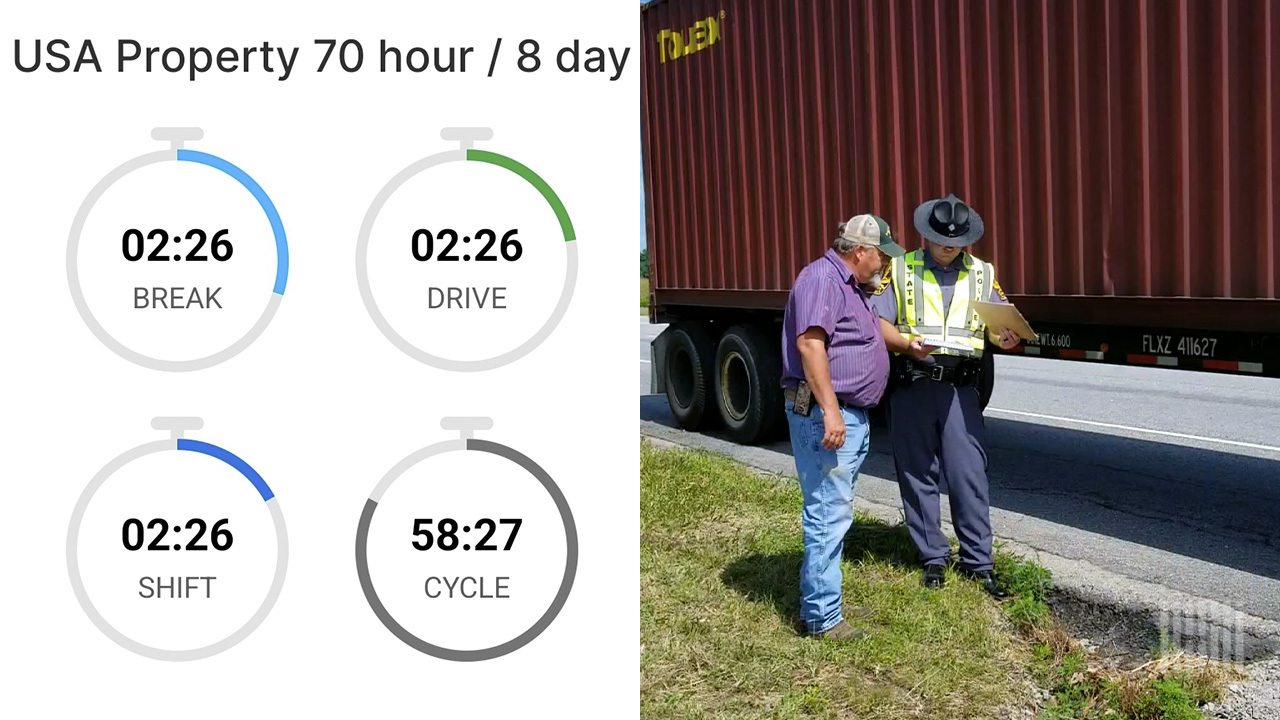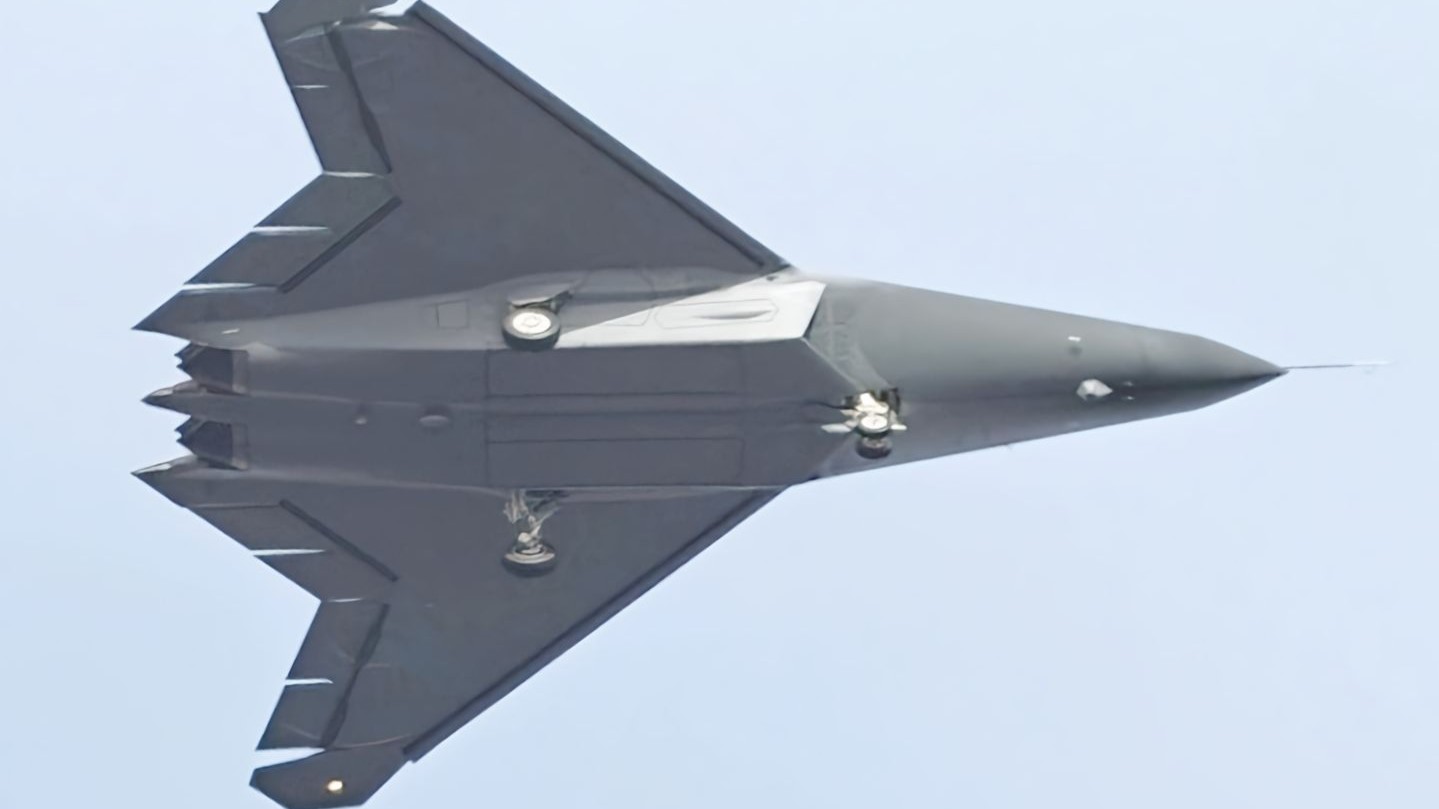Mastering Recap Hours and Sleeper Split Rules in 2025
Recap hours and sleeper berth splits are two of the most misunderstood parts of hours-of-service regulations. Whether you’re a new CDL holder or a seasoned fleet operator, knowing how to use these tools can extend your driving day without risking an HOS violation. The post Mastering Recap Hours and Sleeper Split Rules in 2025 appeared first on FreightWaves.

Understanding Recap Hours and Split Sleeper Rules: What Fleets and Drivers Need to Know
Compliance with Federal Motor Carrier Safety Administration Hours-of-Service (HOS) rules is how drivers keep their schedules legal, fleets avoid violations and everyone stays safe fighting the fatigue epidemic. After all, HOS violations are double-weighted. Recap hours and split sleeper berth exemptions are two of the most underutilized tools in a driver’s logbook. Too many drivers are either confused by them or unsure how to apply them in real time.
Let’s break them down and explain why understanding these rules matters more than ever in 2025.
The Basics: Recap Hours and the 70/8 Rule
If you’re running under the 70-hour/8-day rule (common for most interstate operations), you’re limited to 70 hours of on-duty time in any rolling eight-day period. Each day, the hours you worked eight days ago “fall off” and are added back into your available time. That’s your recap.
Understanding this is critical for HOS management and for drivers who operate without a 34-hour restart. If you’re running hard and skipping the restart, knowing what hours will be added back each day gives you a tool for long-haul planning. You ask, “So, a 34-hour restart isn’t required?” No, it’s not. Argue if you want to. I said what I said.
Why Recap Hours Matter:
- They extend your work cycle without requiring a restart.
- They help fleets maximize available hours without burning out drivers.
- They prevent unintentional HOS violations from poor planning.
The chart above shows a sample 14-day pattern of daily hours worked under the 70/8 rule. Notice the fluctuations and imagine how a smart dispatcher could route loads based on upcoming recap returns.
Sleeper Berth Splits: 8/2 and 7/3 Explained
Drivers using a sleeper berth can split their required minimum 10-hour break into two qualifying periods:
- One of at least seven consecutive hours in the sleeper.
- One of at least two hours (off duty or sleeper berth).
- Combined, they must total at least 10 hours.
These breaks pause the 14-hour on-duty clock, meaning you can regain drive time in ways you wouldn’t with a 10-hour break.
Sleeper Split Example
A driver might work seven hours in the sleeper (midnight to 7 a.m.), drive for eight hours and then take three hours off duty later. As long as the seven+three meets the requirements, the driver can reset the 14-hour clock from the end of the first qualifying period.
The chart above visualizes how that might look on a grid log. While the math and rules can be confusing, most modern ELDs (like Motive) handle these calculations automatically if drivers are appropriately trained.
Why This Matters
FMCSA roadside violations still list HOS issues, especially 14-hour violations and log falsification, among the most cited infractions.
The Commercial Vehicle Safety Alliance’s Roadcheck blitzes and other initiatives seem never-ending and are becoming more aggressive. Fleets that don’t teach sleeper splits or recap management risk not only fines but OOS violations, lost revenue and increased insurance rates.
Tools That Help
Motive’s ELD, Free Electronic Logbook App for short-haul and other exemptions, as well as the Fleet Dashboard automatically:
- Alert drivers of available hours.
- Track qualifying sleeper berth splits.
- Calculate recap hours.
- Prevent HOS violations before they happen.
Why did I mention Motive specifically? Many fleets operate under an hours-of-service exemption, and few allow for or provide an editable, nontracked method for timesheet record-of-duty calculations. Whether short-haul, driveaway, agricultural or other exemption. An ELD isn’t always available, not all fleets have them but the free electronic logbook app is.
Meanwhile, training platforms like Luma Brighter Learning allow fleets to onboard drivers with interactive hours-of-service modules tailored to real-world scenarios.
Compliance Is a Culture
Understanding sleeper splits and recap hours is a smart operational strategy in a world of rising litigation, nuclear verdicts and compliance crackdowns. Drivers who understand these rules can avoid unnecessary restarts and violations. Fleets that teach and track them avoid fines, improve retention and build a culture of operational excellence. These rules guide legal, efficient and profitable movement in the cab, dispatch office or safety department.
The post Mastering Recap Hours and Sleeper Split Rules in 2025 appeared first on FreightWaves.

















































































































































